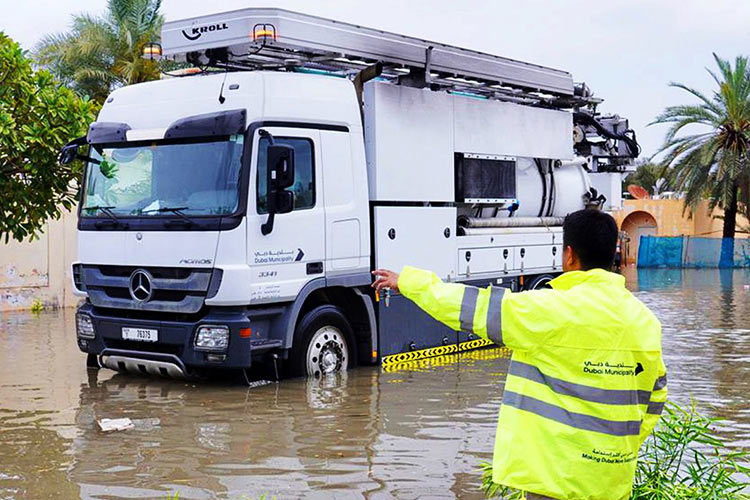How Netflix's Avatar Can Avoid Cowboy Bebop's Live-Action Mistakes
Many are eagerly awaiting Netflix’s live-action adaptation of Avatar: The Last Airbender, while also hoping it doesn’t make the same kind of mistakes as the ill-fated recent adaptation of Cowboy Bebop. With production underway in Vancouver, Canada, news is steadily being drip-fed to the public, with casting details and commentary from the actors. However, adaptations of beloved animated series do not have a good track record. They frequently make the same mistakes and fans have concerns about Netflix’s Avatar.
The animated series Avatar: The Last Airbender is arguably one of the 21st century’s best stories in any visual medium. Originally airing on Nickelodeon in the 2000s, the show has a glowing 100% critic score/98% audience score on Rotten Tomatoes, retaining a devoted fanbase for well over a decade after its final episode aired in 2008. The years since then have seen a sequel series, Avatar: The Legend Of Korra, and several graphic novels exploring the wider world in which the stories are set. It has also, notably, seen one movie adaptation, The Last Airbender, which was so catastrophically bad that it’s remained a running joke ever since its release in 2010. The live-action show has been in production since 2018, but Netflix needs to avoid the problems of the movie adaptation, and the departure of the show’s original creators from the project has left fan communities understandably uncertain.
The reason why Avatar: The Last Airbender has remained a part of pop culture for so long is that so many people saw ideas in the show which resonated with them. The messages of self-improvement and finding your own place in the world were powerful ones, especially for people who enjoyed the show at formative times in their lives. This was elevated by Avatar’s vibrant and memorable cast of characters who are as fun to watch as they are relatable. This is the beating heart of the story being adapted. The big question right now is whether the live-action adaptation will capture these vital aspects of the story, and whether it’ll avoid the problem that Netflix’s Cowboy Bebop suffered from.
The Problem With Netflix’s Cowboy Bebop Adaptation That Avatar Must Avoid

For the most part, the visuals in Netflix’s Cowboy Bebop adaptation are undeniably brilliant. Notwithstanding a few questionable editing and cinematography choices (like the excessive use of Dutch angles) the spacecraft and cityscapes are stunningly rendered, and they often perfectly capture the look of the original animation. Unfortunately, this is also the biggest problem. In a nutshell, the live-action Cowboy Bebop show feels so preoccupied with looking right that it doesn’t take enough time to act right. In so doing, it fails to understand the heart of the story. With modern effects, it’s possible to recreate the art style of an anime series with startling accuracy. But that alone simply isn’t enough to make it a good adaptation.
There may be an undeniable feeling of excitement, seeing an animated series rendered in full live-action for the first time, but it ultimately feels hollow if it doesn’t have enough substance underneath. Like plastic food in a restaurant display, it may look appetizing but it contains no flavor or nourishment below the façade. Cowboy Bebop made this mistake when it became apparent that the live-action show had failed to capture what made the original great, which is a part of why its Netflix’s Cowboy Bebop reviews are so negative. Subtlety and unspoken subtext became lengthy conversations full of exposition. Mysterious character backstories were explained upfront, robbing them of any mystery.
The result is a show which looks like the original but just doesn’t feel right. This dissonance sets off something akin to an uncanny valley response, where familiar characters and settings are used to tell an unfamiliar story, just different enough to the original for the differences to be jarring. This is undoubtedly why many viewers find adaptations so objectionable, and Cowboy Bebop is far from the first to make this mistake. Similar things can be said for other adaptations, like the live-action Ghost In The Shell, or the cinematic failure of The Last Airbender.
Live-Action Avatar: The Last Airbender Must Balance Story With Aesthetics

M. Night Shyamalan’s The Last Airbender sets a gold standard of everything to avoid when making an adaptation but, interestingly, there are moments where it’s clear that a lot of effort was put into recreating the look of the animated series. Scenes like Aang’s rescue by the Blue Spirit are shot to be near-exact remakes of the original. Sometimes this has uncomfortable results, such as the extreme closeups during dialogue, clearly intended to mimic the style of similar scenes in the first season of Avatar. While these are perfectly good in a cartoon, they feel notably uncomfortable in live-action. The Last Airbender, unfortunately, made the exact same mistake that Cowboy Bebop would later follow, in that it paid too much attention to aesthetics while critically misunderstanding the story and characters. Filmmakers keep repeating these same mistakes, and Netflix’s Avatar: The Last Airbender show needs to learn from them to avoid falling into the same trap.
Aesthetics are, of course, a vital part of the story, particularly a story with such a distinctive look and feel. The original animation did a lot of work in this respect, from clear Asian influences in the architecture to using traditional Chinese calligraphy when writing is shown on-screen. But it’s important not to get too hung up on aesthetics. While it may be impressive to recreate an animated scene in live-action, it means nothing if the story falls flat.
With casting details released so far, at least it’s certain that Netflix will be avoiding the whitewashing that’s plagued so many past adaptations. A major criticism of live-action adaptations like Death Note or Ghost In The Shell, whitewashing is something producers have evidently learned to avoid. Using East Asian aesthetics without East Asian actors has uncomfortably appropriative implications, which audiences are increasingly unwilling to overlook. However, as Cowboy Bebop showed, race-appropriate casting is not enough without also capturing the spirit of the original.
Netflix’s Last Airbender Needs To Capture The Spirit Of The Original

There are some critics who might complain about the slightest adaptational changes to source material, but some changes can be a good thing. Adaptations of books frequently make changes, sometimes even major ones, for the sake of telling a good story and fitting that story within the constraints of the medium. Animation and live-action are very different media so, unavoidably, an adaptation can never be a perfect 1-to-1 match with the original. Rather than trying to make a perfect adaptation, the key lies in capturing the spirit of the source material, which both live-action Cowboy Bebop and The Last Airbender movie failed to do.
One of the biggest reasons why Avatar: The Last Airbender is such a universally enjoyed series is that it’s full of messages with genuine emotional impact. The story taps into some deeply human feelings, like finding your place in the world, feeling left behind, and learning to forgive yourself for past mistakes. These are such universal experiences that Avatar: The Last Airbender can be enjoyed by anyone, making the story meaningful for children and adults alike. After over a decade, it’s still being discovered by new viewers.
One of the core themes of Avatar: The Last Airbender is that no one is defined by the past. Every character has to confront their own past and the mistakes they made, and they always have agency in how they move forward. This message runs throughout all three seasons of the show, from the plots of single episodes to multi-season character arcs. It’s no coincidence that every antagonist who goes through this process becomes a hero by the ending, and everyone who fails to learn from the past remains a villain. This carries the important message, that the past does not define who you are. As Uncle Iroh emphasizes, it’s never too late to choose your own destiny. There’s some hope in this message for live-action adaptations like Netflix’s Avatar show. Just because previous attempts were failures, it doesn’t mean future ones will be – but they need to learn lessons from past mistakes if they’re to succeed.
No matter what happens, Avatar: The Last Airbender will continue to hold a beloved place in pop culture. That’s unlikely to change any time soon, no matter what becomes of Netflix’s show. Live-action adaptations of animated movies and TV shows have a habit of turning out to be embarrassing but ultimately forgettable mistakes. All the same, each one carries a shred of hope that maybe, just maybe, this will be the one that actually gets things right, and understands what people really enjoyed about the material it’s adapting.


















